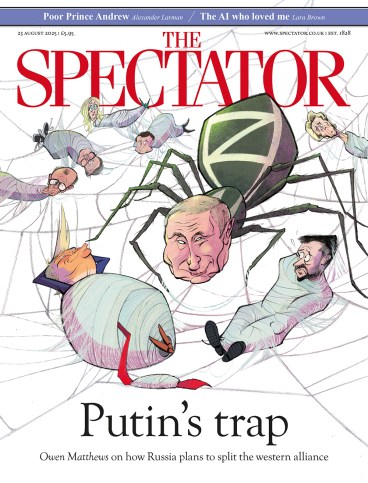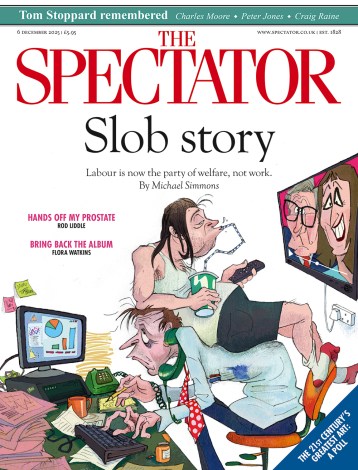
I manage a small, not-for-profit care home in Norfolk. We have tea rounds, hymn singing, hand-holding and staff who know every resident by name and often even their grandchildren’s names. But we also have empty offices: those once occupied by our deputy manager, care manager (the job I now do) and general manager, all of whom chose early retirement within the past two years.
They are not alone. According to the charity Skills for Care, the adult social care sector has 131,000 vacancies – the highest on record. Turnover for care-home staff hovers around 25 per cent, and growing numbers of managers are leaving due to burnout.
This is the logical outcome of how the care system is built. We have computerised inspection models like Provider Assessment and Market Management Solution or PAMMS, used by several local authorities including my own, Norfolk County Council. PAMMS is commissioned by local councils to inspect care homes on behalf of the people whose care they fund, which in our case is half of our residents. PAMMS covers a broad set of areas: management, safety, clinical governance, workforce training, record-keeping and resident outcomes. Inspectors attend the home, but much of their time is spent uploading records into the system. It is then an algorithm – not the inspector – that delivers the judgment.
What matters most is not the atmosphere of the home nor the kindness of its culture, but the completeness of its documentation. In practice, the system rewards homes with back-office admin teams and managers fluent in systems and software. Increasingly, spreadsheets matter more than compassion.
Local authorities feel they can’t just rely on the national regulator, the Care Quality Commission, because the CQC inspects so infrequently. A home might go years between a full inspection. Councils, meanwhile, are directly responsible for the residents whose care they’re funding – and are under pressure to show taxpayers and councillors that they are monitoring standards continuously. PAMMS gives them a way to demonstrate oversight with data, reports and a trail of evidence. From one angle, you could call it due diligence. From another, it does look like a superfluous new layer of bureaucracy – but councils have their own boxes to tick too.
During a recent PAMMS inspection, our assessor spent two full 12-hour days on site. He observed staff laughing with residents, witnessed spontaneous music sessions, spoke with families who praised us without reservation, who told him about the friendly atmosphere and the dignity of care. After his time with us, our inspector even joked that he would love to put his name down on our waiting list. Then we found that we had been marked down. Our most recent PAMMS report states that residents ‘commented that they were very happy with the staff’, who are described as ‘kind, thoughtful and would go the extra mile’. However, because too few residents filled out the feedback forms, we were downgraded by the algorithm.
What saddens me most is that the current framework allows this algorithm to determine outcomes for something that is intrinsically human. Care is not a product. It is not a checklist. It is about relationships. Yet the scoring model has no box for decency and understanding.
For all its flaws, the CQC still uses human inspectors who draw on context, people’s experiences and professional judgment to reach a conclusion of their own. They do review policies and procedures, yes – but they also spend time observing, asking questions, talking to residents and families. They notice what an algorithm cannot: the glances, the tone of voice, the small acts of kindness that form the true substance of care. They can weigh intent and effort alongside evidence. PAMMS cannot.
The result is that our small hands-on team is being compared with large corporates with full compliance departments. We don’t have that luxury. We are with our residents, living out the care we give. And for that, we are penalised. If I let it, my job could be done entirely from behind a laptop.
I understand the need for documentation, policies and procedures. I even understand the need for algorithms in our lives. But when paperwork becomes the main way care is judged, something is lost. I worry that we are heading towards a future in which a care home that is human is outscored by one that delivers a perfect audit trail. The quiet, nourishing presence of genuine care will be drowned out by the click of keyboards.
I am sharing this not in anger, but in the hope this system can be changed to value what truly matters. That homes like ours will not be penalised for having fewer spreadsheets, but celebrated for the warmth, safety and, dare I say it, the love they provide.







Comments